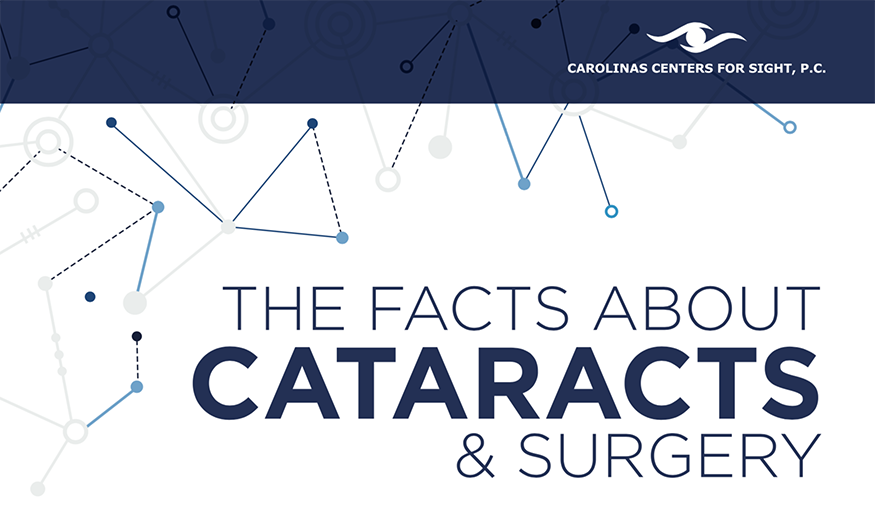Intrigued In Learning About The Differences Between SMILE, LASIK, And PRK Eye Procedures?
Intrigued In Learning About The Differences Between SMILE, LASIK, And PRK Eye Procedures?
Blog Article
Material By-Adler Copeland
If you've been taking into consideration SMILE eye surgery, you might ask yourself just how it compares to LASIK and PRK. Each procedure has its very own collection of benefits and factors to consider. From quicker recuperation times to possible threats, there are crucial distinctions you must be aware of prior to choosing. Comprehending these distinctions will aid you make an educated choice that aligns with your specific requirements and expectations. Curious to understand more about exactly how these treatments contrast thoroughly? Continue exploring to obtain an extensive understanding of SMILE, LASIK, and PRK.
SMILE Eye Surgery Summary
If you're considering SMILE eye surgery, you'll discover it to be a minimally invasive procedure with a fast healing time. During SMILE (Little Cut Lenticule Removal), a laser is made use of to create a tiny, precise laceration in the cornea to get rid of a tiny piece of tissue, reshaping it to correct your vision. This differs from LASIK, where a flap is produced, and PRK, where the external layer of the cornea is completely gotten rid of.
Among the essential benefits of SMILE is its minimally intrusive nature, bring about a faster recovery process and less pain post-surgery. The recovery time for SMILE is relatively fast, with many clients experiencing enhanced vision within a day or 2. Find Out More makes it a preferred selection for those looking for a practical and reliable vision improvement procedure. Furthermore, SMILE has actually been revealed to have a reduced threat of dry eye syndrome compared to LASIK, making it a positive alternative for individuals concerned about this prospective side effect.
Distinctions Between SMILE, LASIK, and PRK
When comparing SMILE, LASIK, and PRK eye surgeries, it is very important to recognize the distinctive techniques made use of in each treatment for vision modification.
at what stage can cataracts be removed (Tiny Incision Lenticule Extraction) is a minimally intrusive procedure that involves developing a small laceration to draw out a lenticule from the cornea, improving it to fix vision.
LASIK (Laser-Assisted In Situ Keratomileusis) includes creating a slim flap on the cornea, utilizing a laser to improve the underlying tissue, and afterwards repositioning the flap.
PRK (Photorefractive Keratectomy) removes the outer layer of the cornea before reshaping the cells with a laser.
The main difference depends on the means the cornea is accessed and treated. SMILE is flapless, making it an excellent alternative for individuals with slim corneas or those associated with contact sports. LASIK offers rapid aesthetic recovery as a result of the flap development, but it might present a greater risk of flap-related difficulties. PRK, although having a longer recovery period, avoids flap-related issues entirely.
Recognizing these variances is critical in picking one of the most ideal procedure for your vision improvement requirements.
Pros and Cons Contrast
To evaluate the advantages and downsides of SMILE, LASIK, and PRK eye surgeries, it's vital to think about the certain advantages and potential restrictions of each treatment. SMILE surgical procedure uses the advantage of a minimally invasive procedure, with a smaller cut and possibly quicker recuperation time compared to LASIK and PRK. It likewise reduces the risk of completely dry eye post-surgery, a common negative effects of LASIK. Nevertheless, SMILE may have limitations in treating higher levels of nearsightedness or astigmatism contrasted to LASIK.
LASIK surgery offers quick visual recovery and marginal discomfort during the treatment. It's highly reliable in treating a wide variety of refractive errors, including nearsightedness, hyperopia, and astigmatism. Yet, LASIK brings a danger of flap complications, which can impact the corneal structure.
PRK eye surgical procedure, while not as preferred as LASIK, stays clear of producing a corneal flap, lowering the risk of flap-related difficulties. Ptosis Surgery for people with thin corneas or uneven corneal surface areas. Nonetheless, PRK has a longer recovery time and may involve a lot more discomfort during the recovery process.
Final thought
So, when it comes to picking in between SMILE, LASIK, and PRK, think of it like selecting the ideal set of shoes. SMILE is like a streamlined, comfortable pair of tennis shoes - quick and easy.
LASIK is extra like fashionable high heels - fancy and quickly, yet with some possible dangers.
PRK resembles sturdy hiking boots - trustworthy and resilient, however needing a bit more time and effort.
Ultimately, the most effective option relies on your specific needs and preferences.
